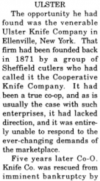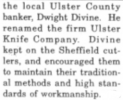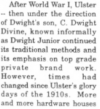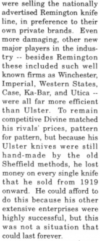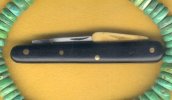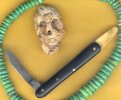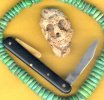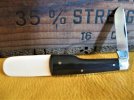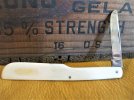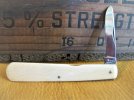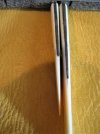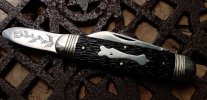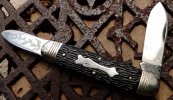- Joined
- May 30, 2009
- Messages
- 677
This little pick-bone handled Robeson is only 3 3/8" long, including the bone spud.
Except for the fact that gardeners and orchard workers tended to soil their hands and break their nails, I cannot explain the nail file/cleaner secondary blade.

I got this knife many years ago from the late Joe Seale, who had a knack for finding the unusual. He just sent me the knife right after he got it and dared me to send it back.
I could not.
Except for the fact that gardeners and orchard workers tended to soil their hands and break their nails, I cannot explain the nail file/cleaner secondary blade.

I got this knife many years ago from the late Joe Seale, who had a knack for finding the unusual. He just sent me the knife right after he got it and dared me to send it back.
I could not.


